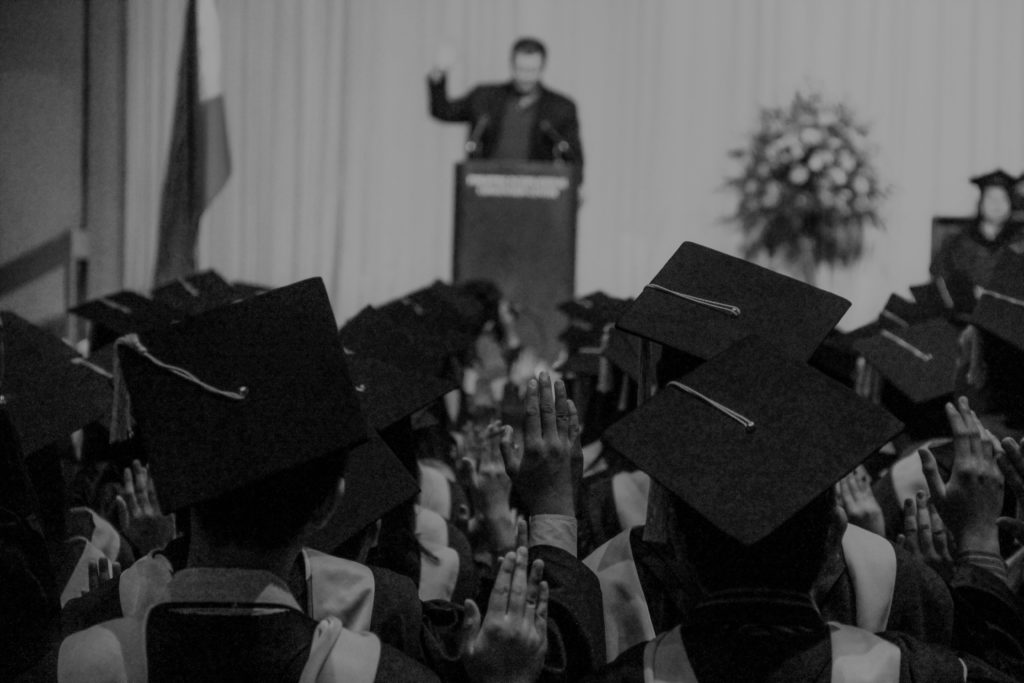No products in the cart.
Posts
Creating Your Career and Life Ready Graduate Profile
The big mindset shift in Career Connected Learning starts with clarifying the actual goal of education. Contrary to typical practice, the purpose of education is not to fill a student with knowledge and some skills; rather, the purpose of education is to equip individuals with what they will need to live a purposeful, happy life and pursue meaningful, productive work.
Unfortunately, most of our education accountability systems focus only on a small band of student Career and Life Readiness – the academic skills component.
We need to reframe the end-goal of education – zooming out to include a focus on the whole person with the knowledge, skills and attributes they need to step into career and life responsibilities.
Defining Career and Life Readiness
In my research (see chapter 5 of The Power and Promise of Pathways), I identified seven elements of Career and Life Readiness that educators and community partners should keep in mind. These are:
- Applied Knowledge
- Applied academic skills
- Critical thinking skills
- Career-related technical skills
- Relational Skills and Personal Attributes
- Inter-personal skills
- Personal qualities
- Executive and Communications Skills
- Executive skills
- Technology use skills
- Systems thinking
- Communications
- Information use
- Resource management
- Career Navigation Skills
- Postsecondary Transition Knowledge & Skills
- Financial Literacy & Business Basics
- Civic Commitment & Engagement
You can get a copy of the handout explaining this definition at the NC3T website. https://nc3t.com/resources-2/
You’ll notice in this list that I added explanatory bullets under items 1, 2 and 3, because those attributes were spelled out in great detail as part of the U.S. Department of Education’s Employability Skills Framework. This framework was derived from dozens of studies that learned from employers the skills that are needed for workplace success. Interestingly, these very skills are also invaluable in postsecondary education success; they’re just applied in a different context.
Creating a Profile or a Portrait
With a strong base of understanding about Career and Life Readiness, as a local leader, you will need to simplify the definition for public use and come up with something very concrete that we can share with students, parents, teachers, school leaders, business partners and other community stakeholders. You’ll need to create a memorable Portrait or Profile of a Graduate that folks can rally around to give purpose and direction to the work of education. That’s where NC3T’s Career and Life Ready definition dovetails very nicely with the work of Battelle for Kids and it’s Portrait of a Graduate initiative.
You can find some really helpful guides, tools and resources here: https://portraitofagraduate.org/
As you’re pursuing the work, I would suggest that you really make sure to include something about Career Navigation in that Profile. It is important to remember that each graduate needs to have the knowledge and skills to navigate his or her personal career path. This attribute can easily get lost amidst discussion of the more general employability and inter-personal skills that educators are familiar with. Including Career Navigation will also give more relevance to your Career Connected Learning strategies.
Let me know if you’ve developed a good example of the Portrait or Profile. We would love to be able to share more local examples with the communities and schools we serve. Thanks!
Hans Meeder is President of NC3T, the National Center for College and Career Transitions (www.nc3t.com). NC3T provides planning, coaching, technical assistance and tools to help community-based leadership teams plan and implement their college-career pathway systems and strengthen employer connections with education.


Nice article Hans. I’d be willing to share the Romeo Portrait of a Graduate with your community.